Our mission is to provide leadership and excellence in teaching, discovery, clinical care, and service as a student-centered comprehensive research university and academic health center with a wide range of programs from learning assistance through postdoctoral studies. CAHS trains and educates today’s health care professionals: the therapists, technicians, administrators, managers and assistants who are the backbone of our country’s health care workforce.
The College of Allied Health Sciences educates the fastest-growing sector of the health care work force, including physical therapists, occupational therapists, radiation therapists, respiratory therapists, physician assistants, dietitians, medical technologists, health information managers, speech-language pathologists, medical illustrators, dental hygienists, and nuclear medicine technologists.
As of Fall 2022, the college had grown to over 880 students enrolled in its degree programs. There are more than 431 graduate students across the college. Students from Allied Health disciplines routinely achieve first-time pass rates well above the national average on professional licensing exams. The majority of students are employed prior to or within six months of graduation, and approximately 48% of graduates live in Georgia.
College of Allied Health Sciences
Health Sciences Campus
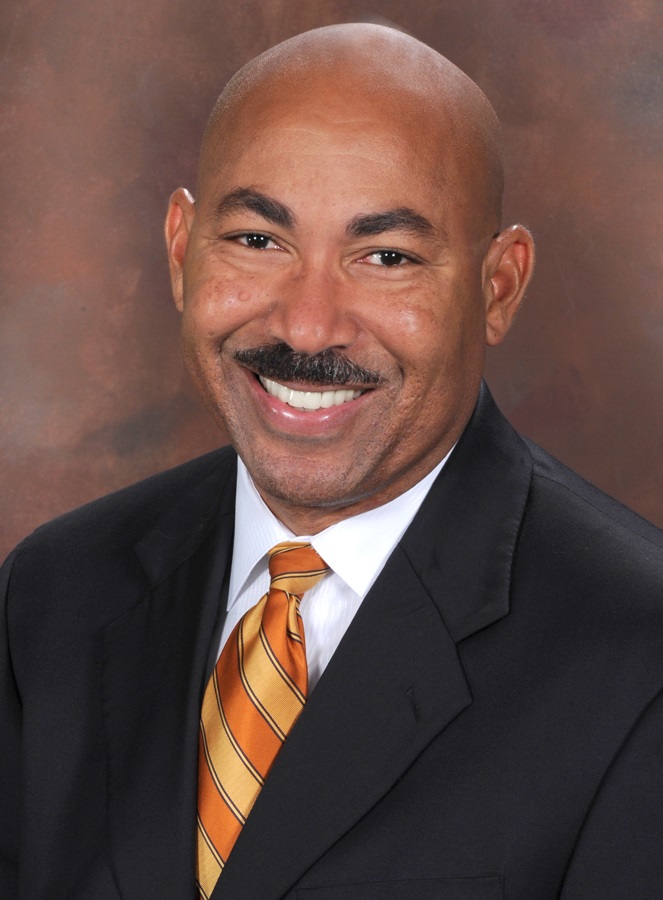
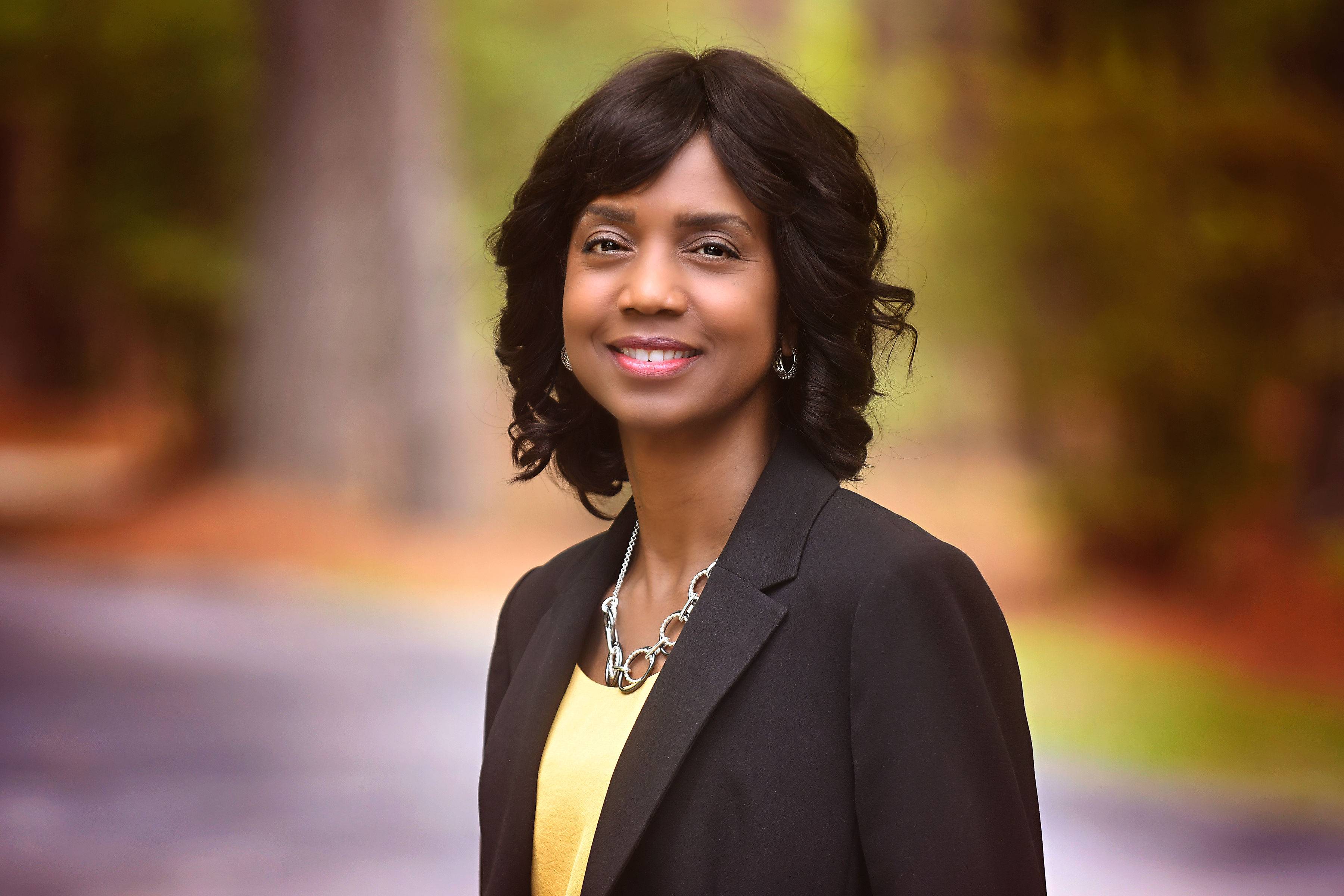
Judith B. Stallings, EDD, MHE, PA-C
706-721-4424

Chandramohan Wakade, MBBS
706-721-1106

Stephanie Johnson, PhD, MHS, OTR/L
706-721- 3642
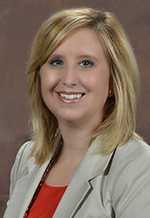
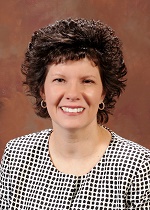
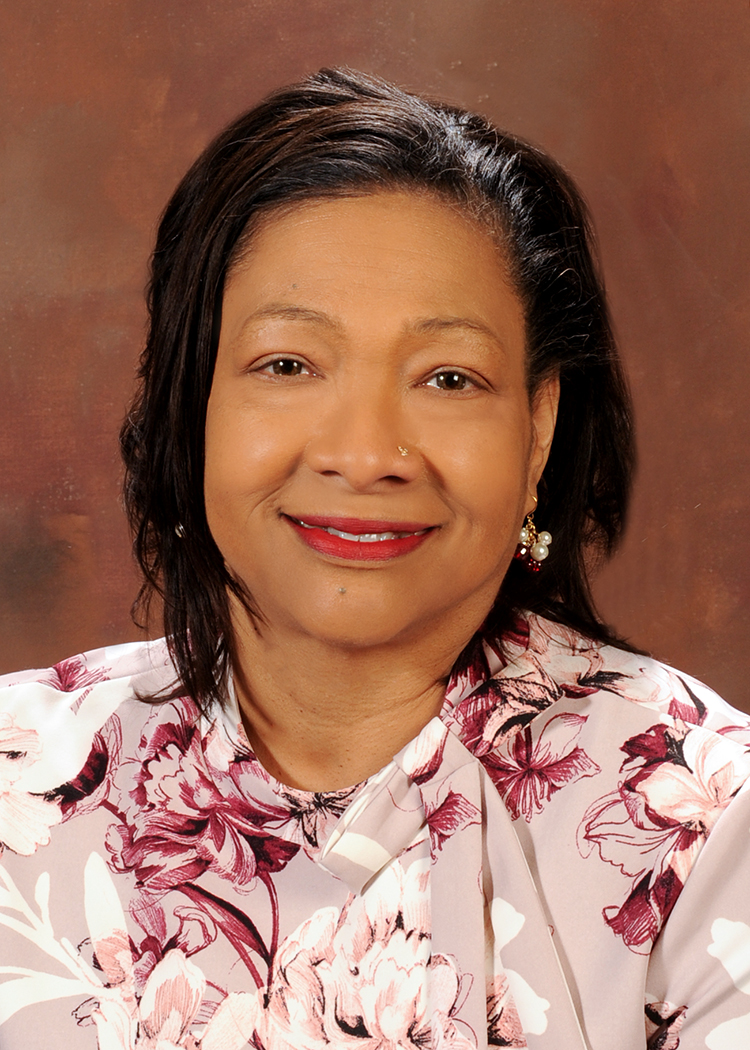
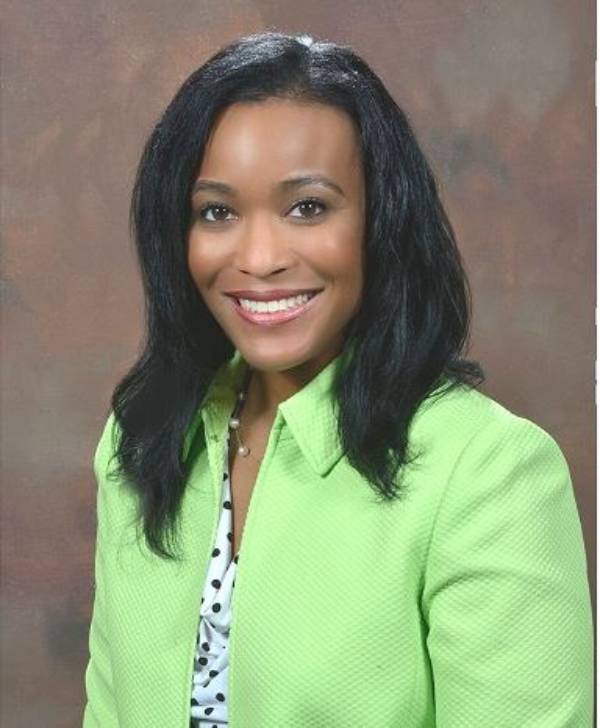

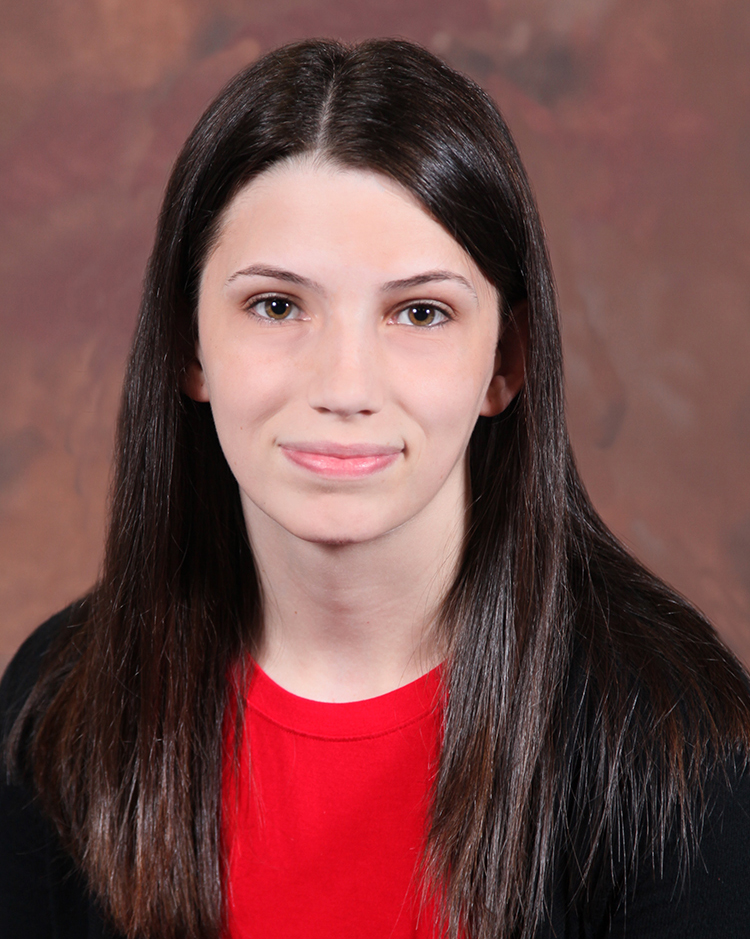

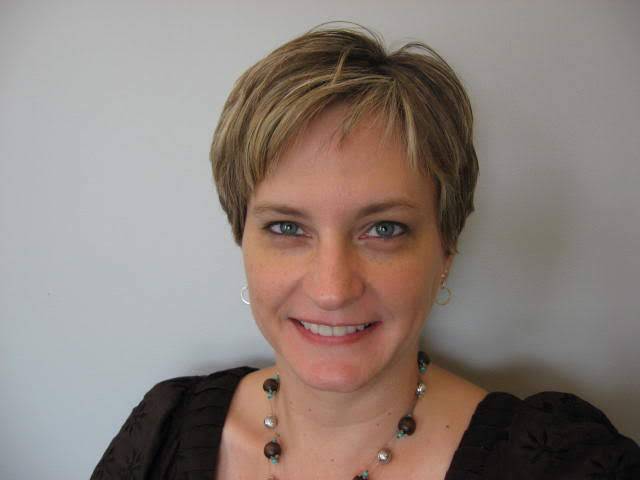
Georgia’s second-oldest and second-largest city, Augusta strides the fine line between big city bustle and small-town charm, mixing retro-urban regality with just a pinch of hometown pride. The College of Allied Health Sciences is located on the Health Sciences campus in the Health Sciences Building.
Physical address:
College of Allied Health Sciences
Health Sciences Building
987 St. Sebastian Way
Augusta, GA 30912
The Allied Health Professional department includes clinical laboratory sciences, dental hygiene, health information administration, health services, nuclear medicine technology, radiation therapy, and respiratory therapy. Our programs train students to be knowledgeable; skilled healthcare leaders focused on patient-centered care and technical expertise.
CAHS is one of only four schools in the country to offer this program! We train students to create anatomical and surgical illustrations for print, projection, animation, and multimedia. Students study communication theory and illustration techniques using digital technology and take graduate-level science courses, such as gross anatomy and cell biology. Class assignments give students both theoretical knowledge and practical experience so they are prepared to be productive in our rapidly evolving world.
Food is invaluable, serving as an integral part of our growth, development and survival. Our Nutrition/Dietetic program provides knowledge and skills in human nutrition, clinical nutrition/dietetics and research directed capstone project. Students can expect to develop professional competencies within the field of nutrition and dietetics to advance in their career. Dietitians are in your communities, hospitals, food industries, research and other places.
CAHS' Master of Health Science in Occupational Therapy is the oldest OT program in Georgia; established in 1971 at the Medical College of Georgia. Students work with a faculty of outstanding clinicians and educators recognized nationally for their work as clinical specialists, researchers, leaders, and volunteers. We are committed to educating our students for excellence in practice, research, leadership, and service today and in the future.
Offers a CAPTE-accredited Doctoral Program in Physical Therapy. We train talented and ambitious learners to become independent healthcare professionals. We combine first-rate classroom instructions and laboratory practices with extensive clinical training at sites throughout Georgia and the southeastern United States.
Our Master of Physician Assistant Program is accredited by the Accreditation Review Commission on Education for the Physician Assistant (ARC-PA). Students in CAHS' program will leave with the knowledge and skills needed to practice all aspects of primary care as physician assistants (PAs), able to meet the needs of society through education, discovery, and service.
Coming Fall 2025, the Board of Regents of the University System of Georgia approved a new Master of Health Science in Speech-Language Pathology Program. Students in our program will become highly competent speech-language pathologists with a well-rounded therapeutic skillset that will help to improve the quality of life of patients with speech-language-swallowing therapy needs.
Early History
Allied Health was first introduced at the Medical College of Georgia in 1937, when
medical technology laboratory training was offered at University Hospital, then MCG's
teaching hospital. Dr. Edgar R. Pund was the first program director. Post-baccalaureate
students were eligible for the program and were awarded certificates of proficiency
after three years of study.
The 1940s
A second allied health field was introduced in 1948, when the Department of Art as
Applied to Medicine was created, with Jack Wilson as program director. In 1949, he
was succeeded by Orville A. Parkes and the first student was admitted. The first master
of science degree in medical illustration was granted two years later.
Dr. Walter L. Shepeard, professor of pathology and director of the hospital clinical
laboratories, became the faculty mentor for the medical technology laboratory program
in 1948, a position he held until his retirement in 1971.
The 1950s
In 1953, the medical illustration program was expanded to three years. A bachelor's
program in medical illustration began in 1962, and when the School of Graduate Studies
was established that year, the master's program was placed under its administration.
The program was the first in the nation to be accredited by the Association of Medical
Illustrators.
When the MCG's teaching hospital opened in 1957, a certificate program in radiologic
technology began. Cecil H. Hall was program director and chief of the technical staff.
Also in 1957, the medical technology curriculum was revised and training moved into
the newly constructed Talmadge Memorial Hospital. Students completing this program
were awarded a bachelor of science degree in medical technology from the University
of Georgia.
The 1960s
Allied health sciences at MCG continued to grow in the 1960s with the addition of
the School of Medical Record Library Science, now the Department of Health Management
and Informatics, with Juanita Sirmans as director. The new program was unable to recruit
a qualified medical record librarian, so Sirmans took a year's leave of absence to
attend the U.S. Public Health Service medical record librarian educational program.
The first class of four students was accepted in 1962.
A bachelor's program in dental hygiene, with Julia J. Galbaugh as director, was initiated
in 1967 in conjunction with the establishment of the School of Dentistry. Development
of this program stimulated the plan to establish an allied health sciences school
on the campus. It also led to the establishment of six associate degree dental hygiene
programs within the university system and the abolition of dental hygiene preceptor
training in Georgia.
The radiologic technology program was expanded in 1963 with the addition of a baccalaureate
program. A certificate program in nuclear medicine technology was added in 1968.
In 1966, the medical technology program was again updated. Graduates could choose
to receive their degree from the University of Georgia or the Medical College of Georgia,
and the curriculum was altered to allow two years of study at UGA followed by seven
quarters of specialized training at MCG.
School of Allied Health Sciences established
The Board of Regents established the School of Allied Health Sciences in 1968, with
Dr. Raymond Bard as dean. Bard joined the MCG faculty in 1967 as professor of cell
and molecular biology and as the institution's first vice president.
Dr. Bard consolidated the several existing allied health programs to form the school,
which included the departments of medical technology, medical illustration, radiologic
technologies, dental hygiene and medical record science (now the Department of Health
Management and Informatics).
The 1970s
The school grew rapidly during the '70s as four new departments were added. The Department
of Physical Therapy was formed in 1970, with Dr. Bella J. May as chairwoman. The bachelor's
program, based on a curriculum designed to help graduates think, analyze, read, and
communicate more effectively, has been widely copied at other institutions. An associate
degree was added in 1975 to train physical therapist assistants and a master of health
education program began in 1979.
In 1971, Dr. Nancy D. Pendergast became chairwoman of the new Department of Occupational
Therapy. The baccalaureate program accepted its first 12 students the following year.
In 1975, a master's program began.
The Physician Assistant Program was developed in 1972, one of the first in the nation.
Dr. John R. Palmer, department chairman, developed the curriculum with the help of
Dr. James A. Estep and consultative advice from many sources. The program was fully
accredited in 1975. Dr. Jerry A. Smith succeeded Palmer as chairman in 1977 and implemented
curriculum improvements and expansions as the role of PAs grew.
The Department of Respiratory Therapy was formed in 1974, with Richard W. Beckham
as chairman. The first class of seven baccalaureate students graduated in 1977; the
program received initial accreditation in 1978.
Dr. Armand B. Glassman became chairman of the Department of Medical Technology in
1971. During his tenure, a master of health education program was initiated. In 1972,
the curriculum was again updated, allowing students to complete their education entirely
at MCG, rather than attending UGA for the first two years. Ann Stuart Anderson was
appointed acting chair of the department in 1976, and became department chairwoman
the following year.
The Department of Radiologic Technologies expanded with the establishment of a certificate
program in radiation therapy technology in 1972, with Francis Hamilton as program
director. A baccalaureate program in nuclear medicine technology began in 1974. In
1975, the radiography certificate program was replaced with an associate in science
program. Scott T. Gregory succeeded Hall as chairman upon his retirement in 1979.
The Department of Medical Record Science was renamed the Department of Medical Record
Administration in 1973. In 1979, Sirmans retired and was succeeded by Sara Davenport.
The Department of Medical Illustration increased admission requirements during the
early 1970s, and the bachelor's program was phased out in 1974. Dr. Paul Brucker succeeded
Parkes as chairman in 1974.
The dental hygiene program expanded greatly during the 1970s, beginning with the appointment
of Dr. Billy M. Pollard as chairman in 1972. The name of the unit changed to the Department
of Associated Dental Sciences in 1975 to reflect the addition of three new programs:
an associate degree in dental hygiene, a master of health education, and an associate
degree in dental laboratory technology.
The 1980s
The Department of Radiologic Technologies instituted an associate in science program
in nuclear medicine technology in 1980. The radiation therapy technology program also
expanded with the addition of an associate in science degree, with Sue Weinstein as
the program director.
The Department of Respiratory Therapy added an associate degree in 1980. The first
class of five graduated in 1982. Shelley C. Mishoe, one of the department's founding
faculty, became chairwoman in 1988, and the associate degree program moved to Augusta
Technical Institute.
In 1983, the Diagnostic Medical Sonography Program was developed as a certificate
program with Houda Bracewell as program director. The first bachelor's degree students
were accepted in 1984.
Dr. Jan Perry succeeded May as department chairwoman in the Department of Physical Therapy in 1984.
Also in 1984, the Department of Occupational Therapy began an associate degree program for occupational therapy assistants. A neurodiagnostic technology associate of science degree program was formed in 1987, administratively housed in the occupational therapy department. In 1989, department chairwoman Prendergast was appointed associate dean for academic affairs of the school. Dr. Virginia Allen and Nancy Moulin served successively as acting chairs.
The Department of Medical Technology began an associate of science degree in histotechnology
in 1986 in collaboration with the Department of Pathology. In 1988, the 4+1 medical
technology program began, allowing students with a bachelor's in biology or chemistry
to complete the program in one year. Anderson retired in 1989 and was succeeded by
Dr Julia Crowley.
The Departments of Medical Technology and Occupational Therapy moved into the newly
renovated Milton Antony Wing of the old University Hospital on the MCG campus in 1980.
On May 1, 1987, the building was dedicated in honor of Walter Shepeard, the first
chairman of the Department of Medical Technology.
Smith retired as chairman of the Department of Physician Assistant in June 1984 and
Dr. Biagio J. Vericella, then Associate Dean of the school, served as acting chairman
until Bonnie A. Schmidt was appointed in November 1984.
In May 1986, a baccalaureate degree in Radiation Therapy was implemented, under the
direction and development of Anne Marie Vann.
Dr William Stenstrom was appointed chairman of the Department of Medical Illustration
in July 1986, succeeding Brucker, who became Director of Continuing Education and
Health Communication.
Health Information Management alumna Linda Harmon Culp ('70), became president of
the American Medical Record Association in 1987. Davenport retired in 1989 and Dr.
Charlotte Johnston became chairwoman of the newly renamed Department of Health Information
Management.
After serving as chairman of the Department of Associated Dental Sciences for 16 years,
Pollard retired in 1988. Gail Winkley served as acting chairwoman until she was appointed
to the position in 1991.
Dr. Biagio J. Vericella became Dean in June 1988 upon Bard's retirement. Patricia
K. Findling became the school's first Assistant Dean for Clinical Affairs. Constance
Singleton was appointed Assistant Dean for Business Affairs.
The 1990s
The Department of Associated Dental Sciences established an external degree program
in dental hygiene in Rome, Ga., in 1990 to help address a statewide shortage of hygienists.
That same year, the Dental Laboratory Technology Program relocated to a new facility
at Augusta Technical Institute.
The Center for the Study of Physical Therapy Education was established within the
physical therapy department in 1990. The center was designed to facilitate study of
physical therapy education, to disseminate information, and to produce innovative
educational materials.
The Flow Cytometry Certificate Program was initiated in 1990 by the Department of
Medical Technology. In 1993, the department accepted its first master of science student.
Marsha Dohrmann was appointed chairwoman of the Department of Medical Illustration
in July 1991, succeeding retiring chairman Stenstrom.
Dr. Ricardo Carrasco was appointed chairman of the Department at Occupational Therapy
in 1992.
The Physician Assistant Department established a program in Albany, Ga., in conjunction
with the Southwest Georgia Area Health Education Center in 1992, an initiative launched
to help address the shortage of PAs in southwest Georgia.
In 1993, the post-certification bachelor's of science in radiologic technology (B.S.R.T.) degree with a major in medical dosimetry was submitted to the American Association of Medical Dosimetrists for national approval. MCG's medical dosimetry program became one of the first five such programs recognized in the United States, and offered the nation's first baccalaureate degree program.
In 1994, the Department of Health Information Management offered a bachelor's degree
program in Atlanta in conjunction with DeKalb College.
The Physician Assistant Department initiated a faculty practice in the School of Medicine
Department of Family Medicine in 1994.
In 1996, the School of Allied Health Sciences began a curricular revision in anticipation
of the 1998 conversion from quarter to semester system.
The dental hygiene program converted back to a bachelor's degree program in 1998 and
the satellite program in Rome was transferred to Floyd College.
In 1998, the post-certificate B.S.R.T. degree with a major in medical dosimetry was
changed to reflect the department's name change to the Department of Radiologic Sciences,
becoming a bachelor's of science in radiologic sciences with a major in medical dosimetry.
The Department of Occupational Therapy introduced a distance-learning baccalaureate
program at Columbus State University in 1999.
The 2000s
The Department of Health Information Management began a post-baccalaureate certificate
program in Health Information Management in 2000.
In 2001, the Kellett Chair of Allied Health Sciences was established.
Dr. Shelley Mishoe became dean upon Vericella's retirement that same year, an architectural
firm began designing a new building to house the school, and Dr. Elizabeth Kenimer
Leibach was appointed chairwoman of the Department of Medical Technology.
In 2003, the Departments of Medical Technology and Radiologic Sciences merged to form
the Department of Biomedical and Radiological Technologies, the radiography program
moved to Augusta Technical College, and Occupational Therapy transitioned to a master's
program.
In 2004, the Department of Health Information Management began a Master of Public
Health program with a major in Health Informatics and changed its name to the Department
of Health Informatics. Dental Hygiene began clinical practice in the Dental Practice
Group. The groundbreaking ceremony for a 189,000 square-foot Health Sciences Building
to house the Schools of Allied Health Sciences and Nursing was held.
In 2005, Physical Therapy transitioned to a doctoral-level program.
The MCG Allied Health Sciences Practice Group, Inc. was implemented in 2006, and the
Physician Assistant program transitioned to a master's level program.
Construction on the Health Sciences Building was completed in 2006, and a ribbon-cutting
ceremony held in 2007 included the burial of a 25-year time capsule.
In 2008, the Clinical Laboratory Science program expanded to the Atlanta area with
a state-of-the art, 53-foot mobile student laboratory, and a Master of Health Science
in Clinical Laboratory Science (formerly Medical Technology) was approved for students
already holding a baccalaureate degree. The B.S.R.S. degree with a major in medical
dosimetry transitioned to a master's level program.
The 2010s
In June 2010, Vann retired as the Radiation Therapy program director. Sam Painter served as acting director until Lynne Eggert was appointed in December.
In 2011, the Medical College of Georgia was renamed Georgia Health Sciences University,
with the School of Medicine retaining the MCG name. The School of Allied Health Sciences
became the College of Allied Health Sciences. The Department of Biomedical and Radiological
Technology was renamed the Department of Medical Laboratory, Imaging and Radiologic
Sciences.
Dr. Andrew Balas succeeded Mishoe as Dean in 2011, and became founding Director of
the university's new Institute of Public and Preventive Health the next year.
In 2012, Dr. Lester Pretlow became Chairman of the Department of Medical Laboratory, Imaging and Radiologic Sciences; Dr. Scott Hasson was named chairman of the Department of Physical Therapy; and Dr. Michael Iwama became Chairman of the Department of Occupational Therapy.
In January 2013, Georgia Health Sciences University consolidated with Augusta State University to become Georgia Regents University.
The medical dosimetry program was deactivated in May 2013.
In November 2013, Dr. Pretlow was named Associate Dean for Academic Affairs. Subsequently, Dr. Yoon-Ho Seol was named Interim Chairman of the Department of Medical Laboratory, Imaging and Radiologic Sciences.
A new Department of Clinical and Environmental Sciences was created in 2013, housing the Respiratory Therapy program, the Environmental Health concentration in the MPH program, and the Augusta-Area Dietetic Internship, management of which began to transition from University Hospital to the Augusta University College of Allied Health Sciences.
Dr. Abiodun Akinwuntan assumed the role of Associate Dean of Research for the College in 2014. Ana Thompson was named Chairwoman of the Department of Dental Hygiene, Dr. Iwama added Interim Chairman of Medical Illustration to his duties, and Dr. Gianluca De Leo was named Chairman of the Departments of Clinical and Environmental Health and of Health Management and Informatics, now known as the Department of Clinical and Digital Health Sciences. Dr. Pavani Rangachari was named Interim Associate Dean for Practice and Community Health.
In May 2015, Amanda Behr was named Interim Chair of Medical Illustration.
In December of 2015, Georgia Regents University was renamed Augusta University.
The Department of Medical Laboratory, Imaging and Radiologic Sciences named Dr. James
Burgess as Chairman in January 2016.
In August of 2017, Dr. Andrew Balas stepped down from his position as Dean in an effort to focus more on his research. Dr. Lester Pretlow was named Interim Dean. Around the same time, Dr. Chandramohan Wakade was named Associate Dean of Research. The College also launched the new Bachelor of Science in Health Services (BSHS). The BSHS degree program satisfies a need for more health care administrators in the workforce.
Starting in January of 2018, the College of Allied Health Sciences celebrated 50 years of being the premier health sciences college in Georgia. Effective in April of 2018, Dr. Lester Pretlow was named the fifth Dean of the College of Allied Health Sciences. Dr. Kevin Brueilly was named Chair of the Department of Physical Therapy in July.
In August of 2018, departments within the College were reorganized in an effort to better align programmatic and faculty resources. The Department of Clinical and Digital Health Sciences, the Department of Medical, Laboratory and Radiologic Sciences and the Dental Hygiene Department were disbanded and their programs were consolidated under two new departments; Undergraduate Health Professions and Interdisciplinary Studies. The Undergraduate Health Professions Department, chaired by Ana Thompson, is home to Clinical Laboratory Sciences, Dental Hygiene, Health Information Administration, Health Services, Nuclear Medicine Technology, Radiation Therapy and Respiratory Therapy. The Interdisciplinary Studies Department, chaired by Dr. Raymond Chong, is home to the MS Nutrition-Dietetic Internship, Public Health and the PhD in Applied Health Sciences programs. During the reorganization, Dr. Bill Andrews was named Chair of the Department of Medical Illustration.